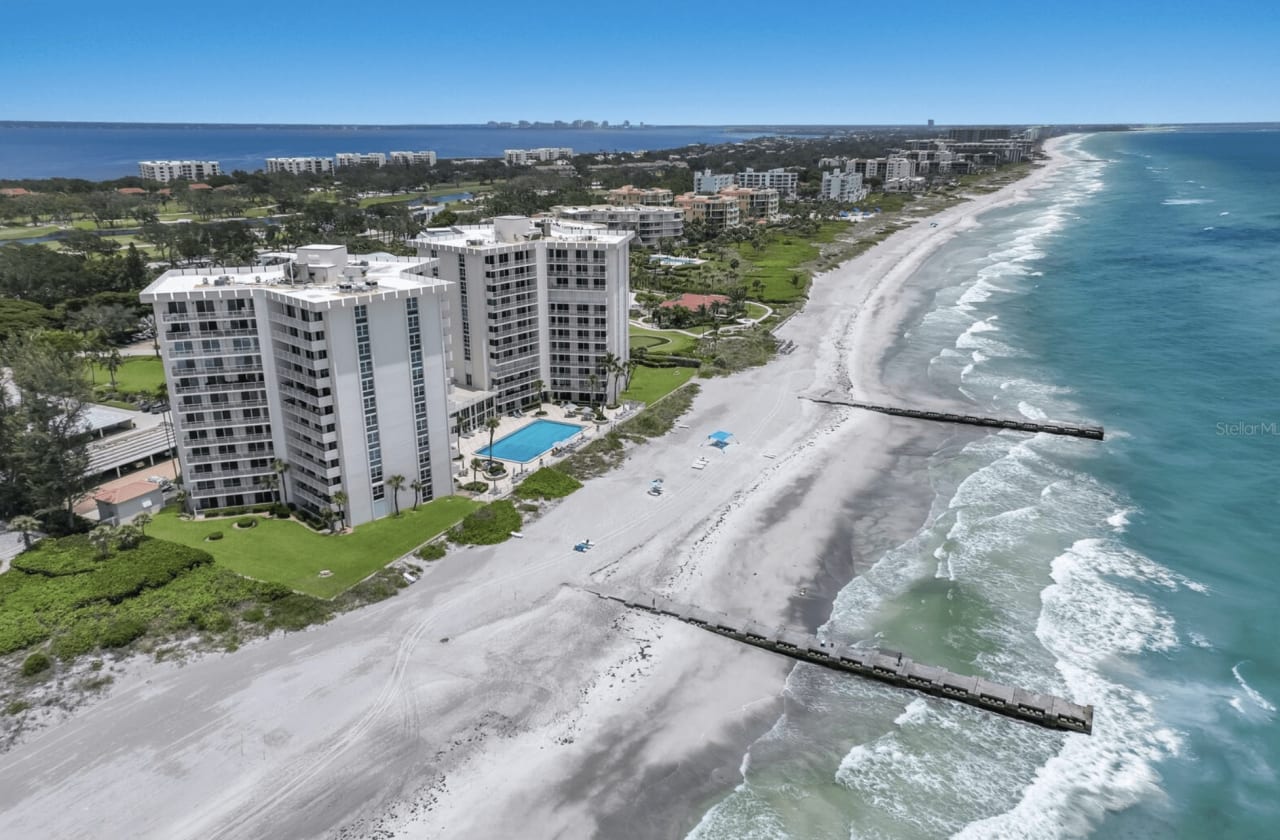


Real Estate Allison Werner March 19, 2024
Each year, Douglas Elliman Real Estate publishes its annual Wealth Report. The Wealth Report is the ultimate guide to prime property markets, global wealth distribution, the threats and opportunities for wealth, commercial property investment opportunities, philanthropy and luxury spending trends. This lengthy report is a worthwhile read, but I've pulled an excerpt of salient points from the Key Findings section of the report to share. If you would like to read the whole report, you can find it here.
I hope you enjoy the Key Findings from the Wealth Report, and if it piques your interest, that you'll dive in to the full report! :-)
This year will see the long-awaited downward pivot in interest rates. While cuts are on the horizon, rates will remain above their recent ultra-low levels. This, together with increasingly complex geopolitics, tech and climate disruption means that for real estate investors, the old rulebook no longer applies. As we explore throughout this year's report, it's time to turn to the Next Chapter.
That shift in outlook forinterest rates, the robust performance of the US economy and a sharp uptick in equity markets helped wealth creation globally. At the end of 2023 there were 4.2% more UHNWIs (ultra high net worth individuals) than a year earlier, with nearly 70 very wealthy investors minted every day, taking the global total to just over 626,600. Growth was let by North America (up 7.2%) and the Middle East (6.2%), with only Latin American seeing its number of wealthy individuals fall. While Europe lagged in terms of new wealth generation, the continent remains home to the wealthiest 1%.
Despite slower global growth this year, the revival of wealth creation looks set to remain with us. We confirm our expectation that the number of wealthy individuals globally will rise by 28.1% during the frive years to 2028. Our model points to strong outperformance from Asia, with high growth in India (50%) and the Chinese mainland (47%) in particular.
With US$90 trillion of assets set to move between the generations in the US, and affluent millenials set to become the richest generation in history, we take a look at the implications for investment behavior. Attitudes to wealth creation among female Gen Z-ers suggests the 38% in female UHNWIs over the past decade is set to keep building.
With wealthy individuals better connected and more willing to move than ever before, emerging wealth hubs are responding by dishing out incentives to challenge the supremacy of established global gateways. We report on Paris's attempts to lure financiers from the City of London, London's own shift to the left, Geneva's search for something more than stability, how Milan and Miami are feeling the pressures of success, Hong Kong and Singapore's respective plans to be the home of Asia's new elite and, finally, how developers in New York and Los Angeles are betting on a branded future.
Despire the sharpest ever uptick in global interest rates we confirm that, while sales volumes took a hit in 2023, capital values continued to grow by 3.1% across the world's leading prime markets. Asian markets leg the charge, followed by those in the Americas. Our analysis confirms where buyers will need to dig deepest (Monaco and Aspen) and which prime markets are offering value right now.
More than a fifth of global UHNWIs are planning a purchase in 2024. Helpfully, we provide our house price forecast for 25 of the most in-demand markets, led by Auckland (+10%) and Mumbai (+5.5%). While the pace of rental growth will slow this year, our prime rent forecast points to some notable outliers, with Sydney leading at 12%. We round up the big themes impacting global markets - with politics replacing inflation as the leading market risk - and outline how AI, wellness and climate concerns will shake up the luxury development sector.
It was a challenging 2023 for global commercial real estate (CRE), with investment volumes falling by 46% as investors grappled with elevated interest rates and higher debt costs. Despite a tougher environment, private investors remained the most active global buyers for the third consecutive year, taking a record 49% share of this US$698 billion market, with the living sectors, industrial and logistics, and offices their top picks.
With almost a fifth of UHNWIs planning to invest in CRE this year, we examine where the money is likely to come from (Middle Eastern and Asian investors have the strongest appetite) and where it is likely to be directed, with the living sections and healthcare leading. To aid investor decision-making, our sector outlook covers English vineyards, much needed lab space, secondary offices in the best locations, and those sectors benefiting from structural tailwinds including "beds, sheds, eds, and meds". Finally, with rates on their way down, we see debt returning to form part of investor strategies.
With a 27% chance that 2024 will see the average rise in global temperatures surpass 1.5°C compared with the pre-industrial era, and with the richest 1% of the global population responsible for more emissions than the poorest 66%, it's good to know that almost two-thirds of UHNWIs are attempting to reduce their carbon footprint. We assess the key sustainability strategies being employed by the world's wealthy as they assess CRE investment.
The AI investment wave varried the rebound in equities markets last year: is it about to do the same for real estate? We report how to record investment in AI-driven tech will impact on demand for specific use types in very targeted locations. Beyond the direct requirements from the technology, we consider how AI is being harnessed to uncover market opportunities at scale, highlighting a project that saw AI identify previously overlooked land capable of accommodating more than 100,000 homes.
With farmland forming the biggest investable real estate sector, at least by size, comprising 5 billion hectares, or more than 40% of the globe's landmass, investors are asking it to deliver even more. While food production unsurprisingly leads investor objectives, latent environmental benefits are rising in importance, with US$30 billion earmarked by investment funds for climate-related outcomes. Our investigation reveals a sector grappling to place a value on radical new uses.
Despite record-breaking individual sales in 2023, a surge in financial market returns contributed to a shift in allocations impacting luxury asset value. The Knight Frank Luxury Investment Index fell 1% over the year, pulled down by falling values in rare whiskey (-9%), classic cars (-6%), handbags (-4%) and furniture (-2%). While art (+11%), jewelry (+8%) and watches (+5%) helped offset some of these falls, our assessment reveals a need for an ever more discerning approach from investorys, with significant volatility by sub-market.
--
My new brokerage offers in-depth analyses like this on a regular basis, so our agents remain well-versed on all the important topics you care about! It is part of what sets Douglas Elliman apart, and a big reason why I'm happy to be part of this team.
Stay Up to Date on the Latest Real Estate Trends

Sarasota Real Estate
Allison Werner | April 29, 2024
Uncovering The Coolest Listings in Sarasota NOW

Sarasota Real Estate
Allison Werner | April 12, 2024
Allison's Sales in Q1 Span The Keys & Beloved Sarasota Neighborhoods

Sarasota Lifestyle
Allison Werner | April 11, 2024

Real Estate
Allison Werner | March 19, 2024
A Douglas Elliman Exclusive

Downtown Sarasota
Allison Werner | March 12, 2024
Downtown Sarasota's Toastique is a fun place to grab a quick bite.

Downtown Condos
Allison Werner | March 4, 2024
7 Years Later...VUE is still dazzling on Sarasota's coast

Allison Werner | February 27, 2024

Sarasota Real Estate
Allison Werner | February 21, 2024
Allison's recent sales in Sarasota

Allison Werner | February 3, 2024
Having someone else in the middle of these discussions would have smoothed a lot of ruffled feathers in our situation.
Allison brings an unparalleled attention to detail to every transaction, a wealth of knowledge on home staging, deep experience with the Sarasota market, and the tenacity to find what’s fabulous about a home and make others see it too.